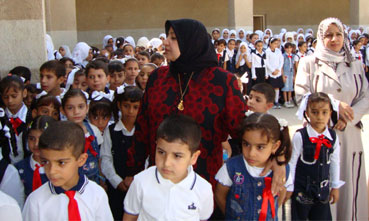Tobacco data and trends
Tracking tobacco since 1999

Together with our partners, we started tracking tobacco in 1999, and continue to do so, on a regular basis. Since, we have been working with the Centers for Disease Control and Prevention, Atlanta, and the Canadian Public Health Association, to systematically monitor tobacco use and trends over time in tobacco-related knowledge, attitudes, behaviours and environmental influences. In our surveys, we use a common methodology and core questionnaire across countries, to allow us to measure trends and compare data over time.
Our surveys
At first, we started collecting data from youth, and expanded our surveillance to school personnel, health professional students and adults. At present, we have a complete surveillance system, known as the Global Tobacco Surveillance System (GTSS), and it comprises 4 different surveys.

The Global Youth Tobacco Survey (GYTS)

The Global School Personnel Survey (GSPS)

The Global Health Professions Student Survey (GHPSS)

The Global Adult Tobacco Survey (GATS)
Our goal
Through the Global Tobacco Surveillance System, we aim to enhance the capacity of countries to design, implement and evaluate their national comprehensive tobacco action plans and to monitor the key articles of the WHO Framework Convention on Tobacco Control (WHO FCTC), which is the most powerful tool available to counter tobacco’s negative impacts. The WHO FCTC contains measures to reduce the demand for tobacco as well as others to reduce tobacco production, distribution, availability and supply.
Our products
We work with countries and support them in implementing several rounds of most of our surveys. A research coordinator, nominated by the ministry of health compiles all the survey information and develops fact sheets and/or country reports, which provide the results of the various rounds conducted. All survey information is technically reviewed by WHO and CDC. The content of the fact sheets and country reports has not otherwise been edited by WHO or CDC.
Certain country reports are only available in the official language of that country, while all fact sheets are available in English.


